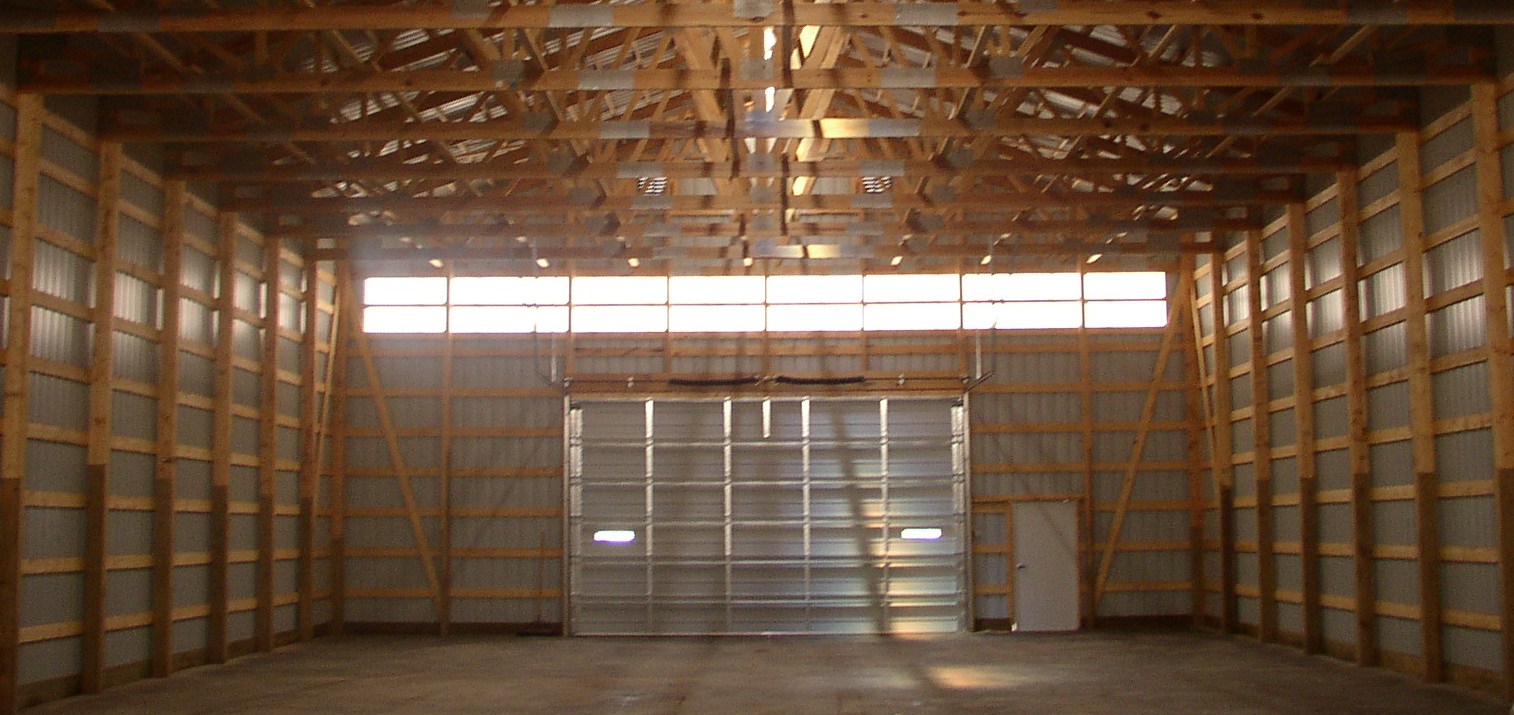The snow over the weekend hit a large portion of Minnesota and sections of the Dakotas with its deepest snow fall measurements.

I enjoyed many discussions last week with friends and colleagues at the NFBA Expo in Louisville about many different topics. One topic heavy on my mind and heart was and is the heavy snow loads we’ve been experiencing in the Upper Midwest this winter causing building collapses. A common response I heard is that this is, as it has been in the past, primarily an issue causing problems in non-engineered or “code exempt” buildings, but a look at headlines from problems this past weekend clearly indicates there are other buildings meeting their match:
“The Latest: Heavy snow causing numerous structural concerns”
From the LaCrosse Tribune
From US News & World Report
I don’t know the statistics of what percentage of buildings having structural failures this winter were built to comply with a certain building code, nor how many had a licensed engineer involved in their design (which is a different question), nor how many had a licensed engineer or other qualified designer inspect the completed building to verify the construction was properly done (which is another different question), but I see in the headlines today that snow, gravity and structural forces is impartial to the nature of a building’s use and also to what type of building code may apply to it. Indeed, as some engineers have joked for awhile when discussing Commercial Snow Loads, does “commercial snow” know the difference in what type of building it is landing on?
Bottom line: if the load applied exceeds the load capacity of a structure, the structure will have a problem.
One concern growing larger in my mind since Wisconsin adopted the IBC and ASCE 7 requirements in 2002 (when I began my Engineering consulting business), is that even “code compliant” buildings using ASCE 7 (Minimum Design Loads for Buildings and Other Structures) may be “under-designed” for the amount of snow our buildings are actually experiencing, and this on a recurrence interval much shorter than the 50-year interval which ASCE 7 is supposed to be based upon.

In White Lake, Wisconsin, the fire department building collapsed due to snow. Because of the critical role fire departments serve in keeping a community safe, they are supposed to be designed to a higher safety factor than normal buildings. They should be designed for 20% more snow load (than a similar building with all other features being equal) because it is an Essential Facility (or Category IV, Roman Numeral 4) based upon ASCE 7 and ICC criteria:

There are many reasons structures collapse when they must endure loads nearing their limit. It takes but one “weak link” in a chain to cause a failure. When a complete building system is capable of withstanding the required loads, all links in the chain are working together and have a strength that meets or exceeds the load. When one link is deficient, even slightly, the entire system can be compromised and lead to a building failure.
